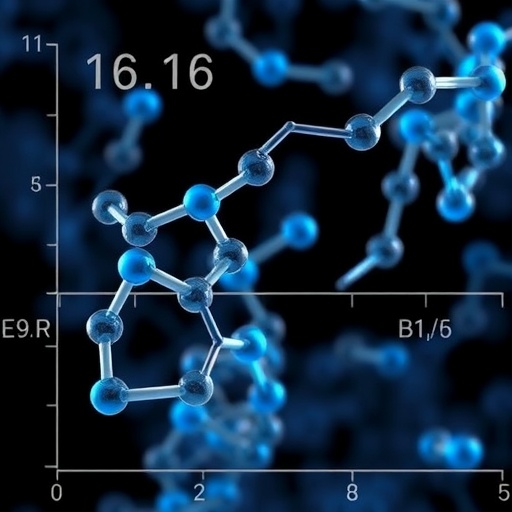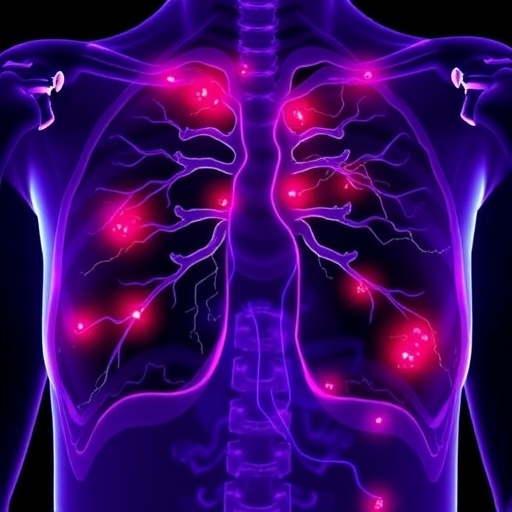A new technology discovered by UConn School of Dental Medicine researchers records cellular communication in real time – providing a closer look into the dynamics of cell secretion and a greater understanding of how cells repair tissue.
In a study published today in the Proceedings of the National Academy of Sciences, Kshitiz Gupta, an assistant professor (who goes by just his first name), and Yashir Suhail, a postdoctoral fellow, in the Dental School’s Department of Biomedical Engineering, unlocked a breakthrough technology platform.
Now for the first time, scientists can record cells communicating in real time, opening the floodgates for new developments in cell therapy and other areas within cell biology.
Cells – like humans – are in constant communication with each other. Whereas humans exchange words, cells deliver and receive messages through secreting proteins and changing their behavior accordingly. When we listen to humans speak to each other, we can understand how words are placed into sentences and how the conversation moves back and forth. When it comes to recording communication between cells, however, the key characteristics of the conversation have been largely unknown until now.
Communication between cells is necessary to maintain most functions in the body and can also help the body properly respond to an external cue – such as an ailment or injury. Current technology only allows broad snapshots of these protein secretions.
“This is akin to detecting what words were spoken in a sentence, but not really knowing their placement, the inflection, and tone of the message,” says Kshitiz. Prior to the current findings, he adds, understanding of the language of communication between cells has been very limited, and did not capture the complexity of messaging involved.
Using a combination of microfluidics and computer modeling, researchers created a platform to record cell messages in depth, uncovering the precise ways in which the words and messages are arranged in these intercellular conversations.
In the study, which was funded by the American Heart Association and the National Cancer Institute, Kshitiz and his team looked at stem cells from bone marrow that can be used to treat myocardial infarction, commonly known as a heart attack. Using the platform, the researchers recorded the proteins that were secreted by these stem cells, and how these secretions changed with time.
The information was used to create a protein cocktail that led to a second discovery – the possibility of aiding an injury without the use of stem cells. Since the researchers recorded in depth the conversations between the stem cells, they were able to copy the stem cells’ exact behavior.
Stem cells – the researchers witnessed – are flexible enough to change their behavior depending on the injury present. These cells only act as “Good Samaritans,” the researchers discovered, when they see injured tissue.
This information created a way to make a “cell-less” therapy by copying what stem cells do when they see a tissue injury and creating a new protein cocktail that aided in repairing cardiac tissue. The discovery of cell-less therapy can potentially reduce many complications associated with stem cell transplantation in the future.
“The findings solve a fundamental problem afflicting systems biology: measuring how cells communicate with each other,” says Suhail. “The platform technology will open new lines of inquiry into research, by providing a unique way to detect how cells talk to each other at a deeper level than what is possible today.”
###
UConn’s researchers collaborated on the study with Andre Levchenko and Onur Kilic, Yale University; David D. Ellison and Laura Woo, The Johns Hopkins School of Medicine; Junaid Afzal, University of California, San Francisco; and Jeffrey Spees, University of Vermont.
Media Contact
Courtney Chandler
[email protected]
https:/




